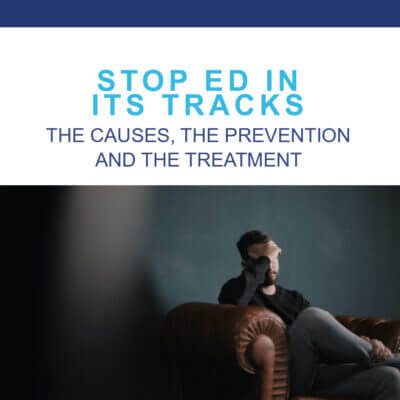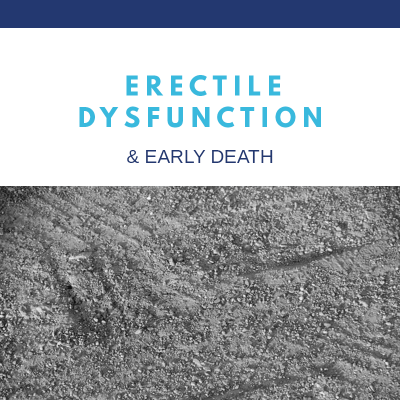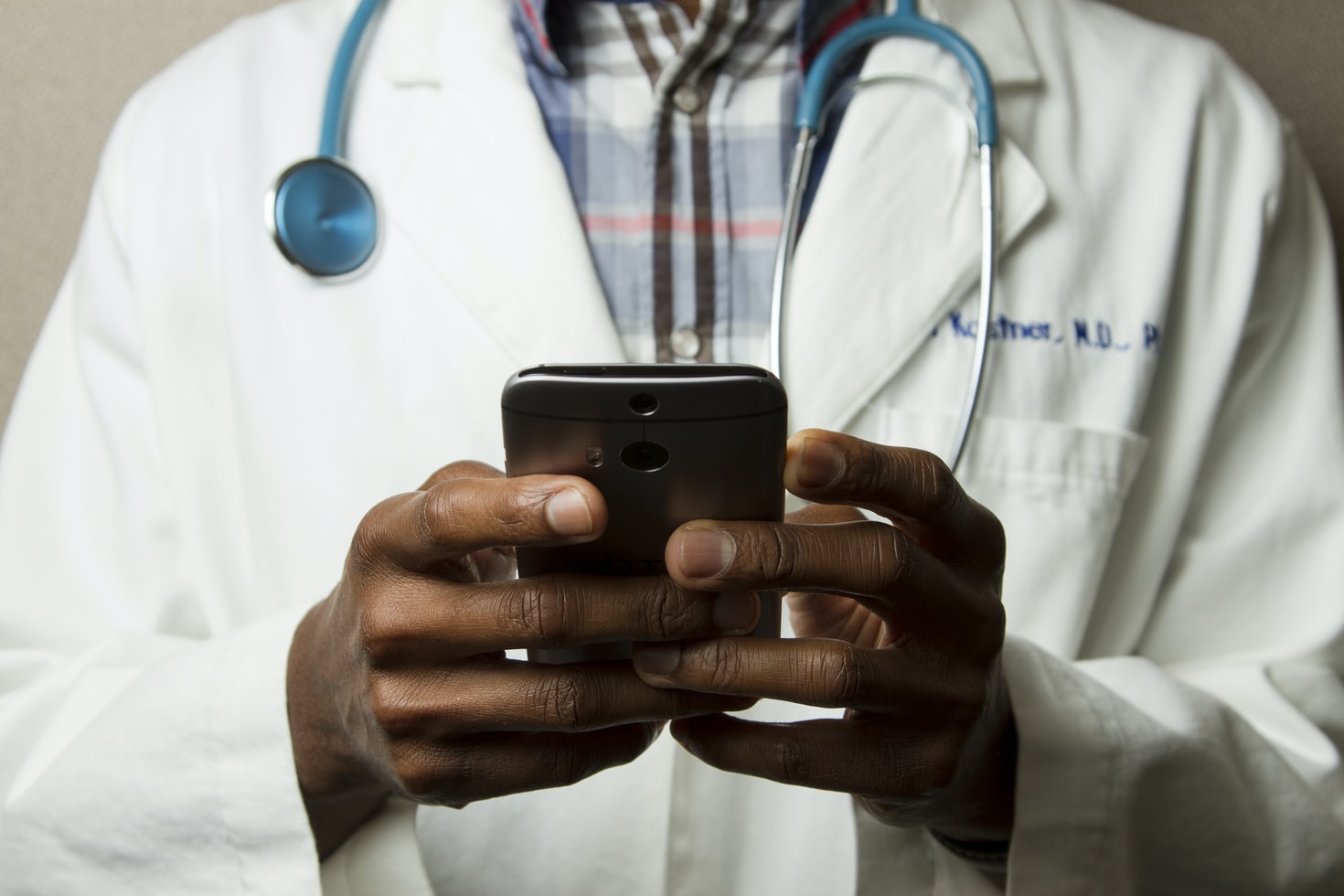
Erectile dysfunction is awkward. And not just in the bedroom—it can feel uncomfortable to talk about in your doctor’s office, too.
I get that. I’m a board-certified urologist, so ED is one of the most common reasons why men come to see me. Even though I talk about it every day, I know it can still be incredibly uncomfortable for my patients.
And while there have been very few silver linings to the COVID pandemic, there has been one: people are much more willing to engage in telehealth or online doctor visits. And, interestingly, that has made men more comfortable speaking to a professional about ED.
In this article, I want to walk you through what telehealth for erectile dysfunction looks like. I want to dispel some of the myths around it, and emphasize that an online visit with your doctor really can be an effective way to address ED.
It’s accessible, it’s more comfortable, and it can be effective.
Can Telehealth Work for ED Therapy?

Right off the bat: are online ED consultations an effective way to get treatment?
Yes! They certainly can be. Virtually all of the things that I would do in an in-person visit at my clinic to evaluate and diagnose ED, I can do over the phone or via Zoom.
Several studies have even found that online telehealth platforms aimed at treating erectile dysfunction can be effective. Of course, you always want to make sure you’re having your telehealth consultation with a board-certified physician.
Benefits of Telemedicine for ED
There are many benefits for telemedicine:
- Access. Telehealth makes getting ED help much more accessible and less embarrassing than in-person visits.
- Comfort. Telehealth consultations done from the comfort of your home helps you feel more at ease and comfortable talking about ED.
- Convenience. You can have your doctor’s visit from anywhere on your phone or laptop!
- Quality of doctor. I’m based in Sarasota, Florida, but telehealth allows men who want VIP-level service to see me from anywhere.
- Less waiting. No more sitting around for 45 minutes in the waiting room—you’ll know exactly when your consultation starts, and they’re always on time!
- Same high-quality service. According to research, telehealth patients get the same length and quality of consultation as in-person patients do.
What Can a Doctor Do for You Online?
During an online visit, doctors can order any additional testing needed to manage erectile dysfunction. They can:
- Conduct a thorough evaluation of erectile dysfunction signs and symptoms
- Order blood tests to evaluate your hormone levels
- Provide prescriptions for common ED treatment options like Viagra and Cialis that can be delivered to your home.
- Provide information on other treatment options for ED and lifestyle changes that support sexual health
- Offer follow-up visits to evaluate the efficacy of ED treatments
What Can’t a Doctor Do Online?
There are some cases when you will need to see your doctor in person. If you are experiencing any pain, swelling, or discomfort, an in-person consultation may be necessary so that your doctor can do a proper physical inspection.
And, if you’re experiencing any of the following symptoms, you should seek emergency treatment:
- Inability to urinate together with swelling and pain in the lower abdomen
- A sudden onset of pain in the scrotum, or swelling in the testicles
- A prolonged, painful erection that lasts more than 4 hours
Those issues require in-person emergency care. But if you’re concerned about difficulty getting or maintaining an erection, telehealth is a perfect option for you.
How To Prepare for Your Telehealth Appointment
Prepare for a telehealth appointment in the same way that you would for an in-person visit. Have a pen and paper handy to take notes if you need to. Make a list of questions that you have beforehand. And make sure you don’t have any appointments right after so that you don’t feel rushed.
Make sure your internet connection is strong and that your camera and microphone work so that we can both hear and see each other. And make sure you have a quiet, private space where you can speak freely.
How it Works: What Will My Telehealth Appointment Be Like?

When I’m assessing erectile dysfunction, I’m going to ask you to tell me what you’re experiencing and about your medical history. Then I’ll ask some follow-up questions like:
- How long have you been struggling with trouble getting an erection?
- What have you tried so far in terms of ED treatments?
- What are your diet, sleep, and exercise habits like?
There are many different possible causes of ED including vascular problems, low testosterone, poor diet, medications, or even high stress. I’ll ask several questions to try to determine the potential causes.
Depending on the situation, I may recommend some blood tests so we can check your hormone levels, cardiovascular function, or other key markers. These test results can help identify certain causes of ED and can lead to more effective treatments than a one size fits all pill.
What Are My Erectile Dysfunction Treatment Options?
Once we understand the cause of your ED, we’ll be able to discuss treatment options. Treatment options for ED can include:
- Lifestyle changes
- Hormone Replacement Therapy (HRT Therapy)
- Oral ED medications like sildenafil (Viagra) and tadalafil (Cialis)
- GAINSWave
- The Priapus P-Shot
- Peptide therapies
- Stem cell Injections
- And more.
Remember that not all treatment options are appropriate for every person. That’s why it’s so important to understand your situation before we decide on a treatment plan—we want to choose the treatments that are most likely to work, and that don’t have unnecessary side effects.
If we choose prescription medications as the best option to treat your ED, we have the ability to discreetly and conveniently ship medications to your home, avoiding a trip to the pharmacy entirely.
How Is a Telehealth Appointment with an Erectile Dysfunction Expert Different From Mail-Order Services?
You can find many online ED clinics that offer you a quick consultation, which is usually followed by a healthcare provider writing you a prescription for viagra. Unfortunately, with those clinics, the provider is almost never an expert in urology with specialty training in erectile dysfunction.
The other issue with these online clinics is that, because they make large profits selling oral medications, that’s the only solution they tend to provide. While oral medications like Viagra and Cialis certainly can be effective treatment options, they’re not appropriate for everyone.
Sometimes ED can be a signal of more sinister medical conditions—diabetes, heart disease, high blood pressure, high cholesterol, and others. Quick visits with online mail-order services may not be thorough enough to catch warning signs of these more serious health conditions that require further testing.
Many of these companies are only in the business of selling you medications. They’re not necessarily providing high quality personalized healthcare. Work with a men’s health expert to ensure you get the most effective and appropriate treatment options available.
Telehealth Can Help You Combat ED

Erectile dysfunction is a legitimate health concern that affects millions of men in the US. We take women’s sexual and reproductive health incredibly seriously, but often ED is trivialized in the public eye. Erectile dysfunction can take a significant toll on the mental health, drive and self-esteem of guys who struggle with it. It can also signal that something else is going on with your health.
That’s why it’s so important to get evaluated and treated for ED. You don’t have to suffer from ED or feel marginalized as a result.
Telehealth is a great option for busy men. It’s private, it’s comfortable, and it’s a convenient way for men to get assessed and treated quickly. Best of all, it is effective. If you need help with ED, reach out and book a call with me today.
References
Badkhshan, S., Ernst, M., Maiers, T., Shapiro, M., & Chevli, K. (2020). Erectile Dysfunction in Telemedicine: The Standardized Patient Experience. The Journal of Sexual Medicine, 17(1), S14.
Ellimoottil, C., Skolarus, T., Gettman, M., Boxer, R., Kutikov, A., Lee, B. R., … & Morgan, T. (2016). Telemedicine in urology: state of the art. Urology, 94, 10-16.
Hsiang, W. R., Honig, S., & Leapman, M. S. (2020). Evaluation of Online Telehealth Platforms for Treatment of Erectile Dysfunction. The Journal of Urology, 205(2), 330-332

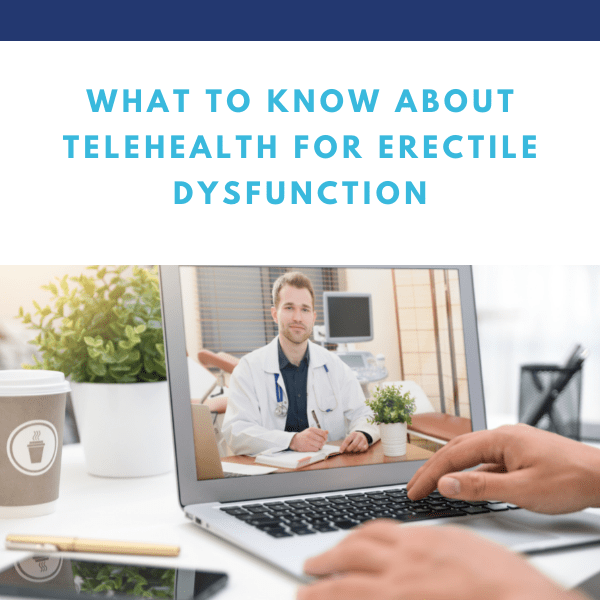
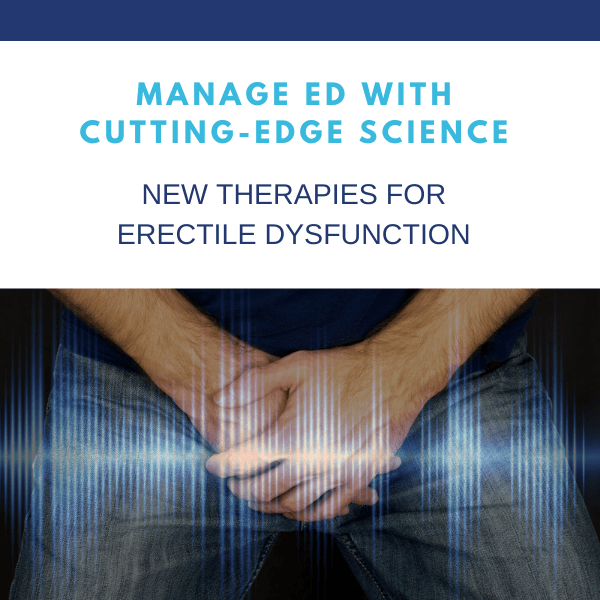

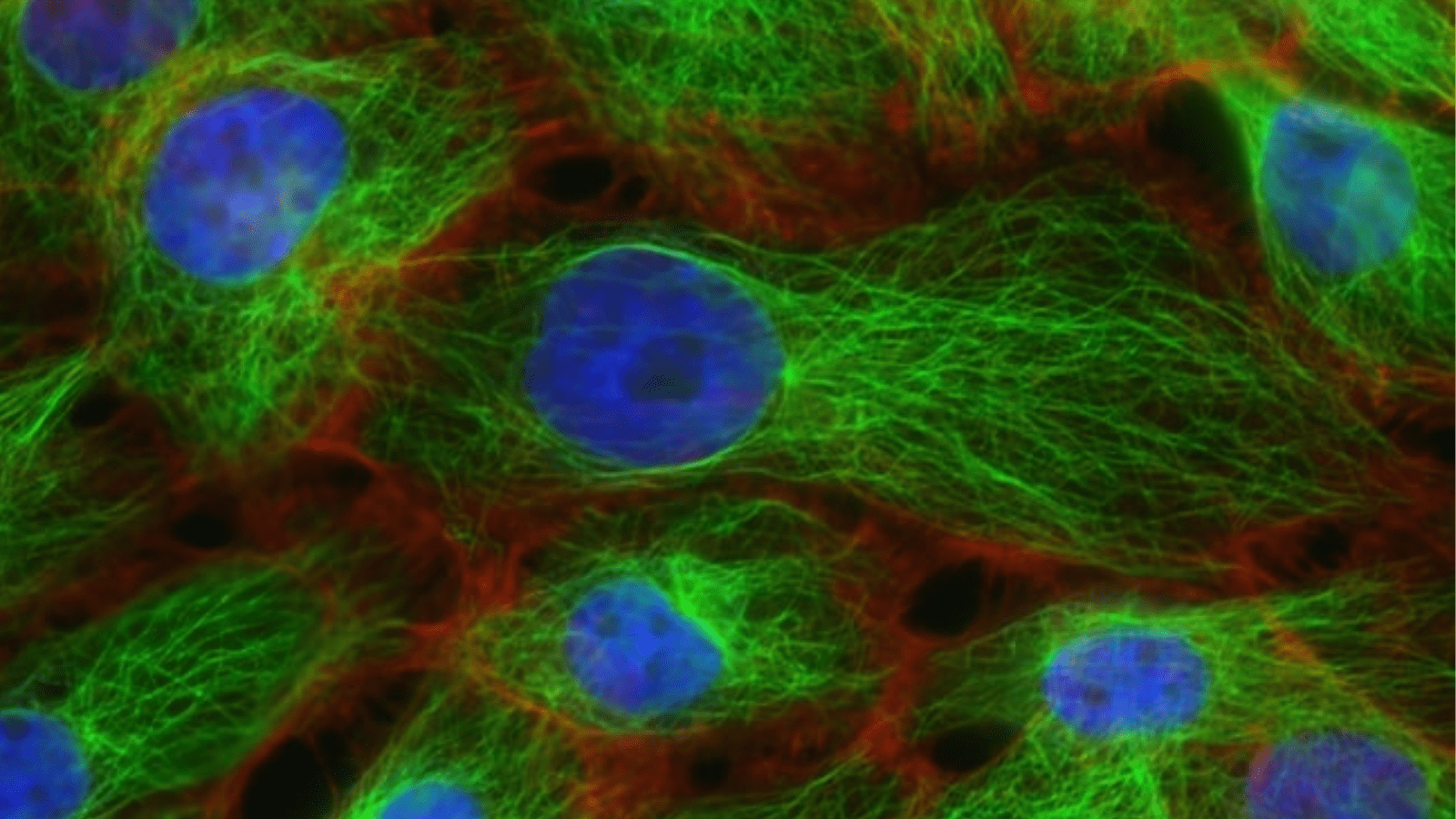
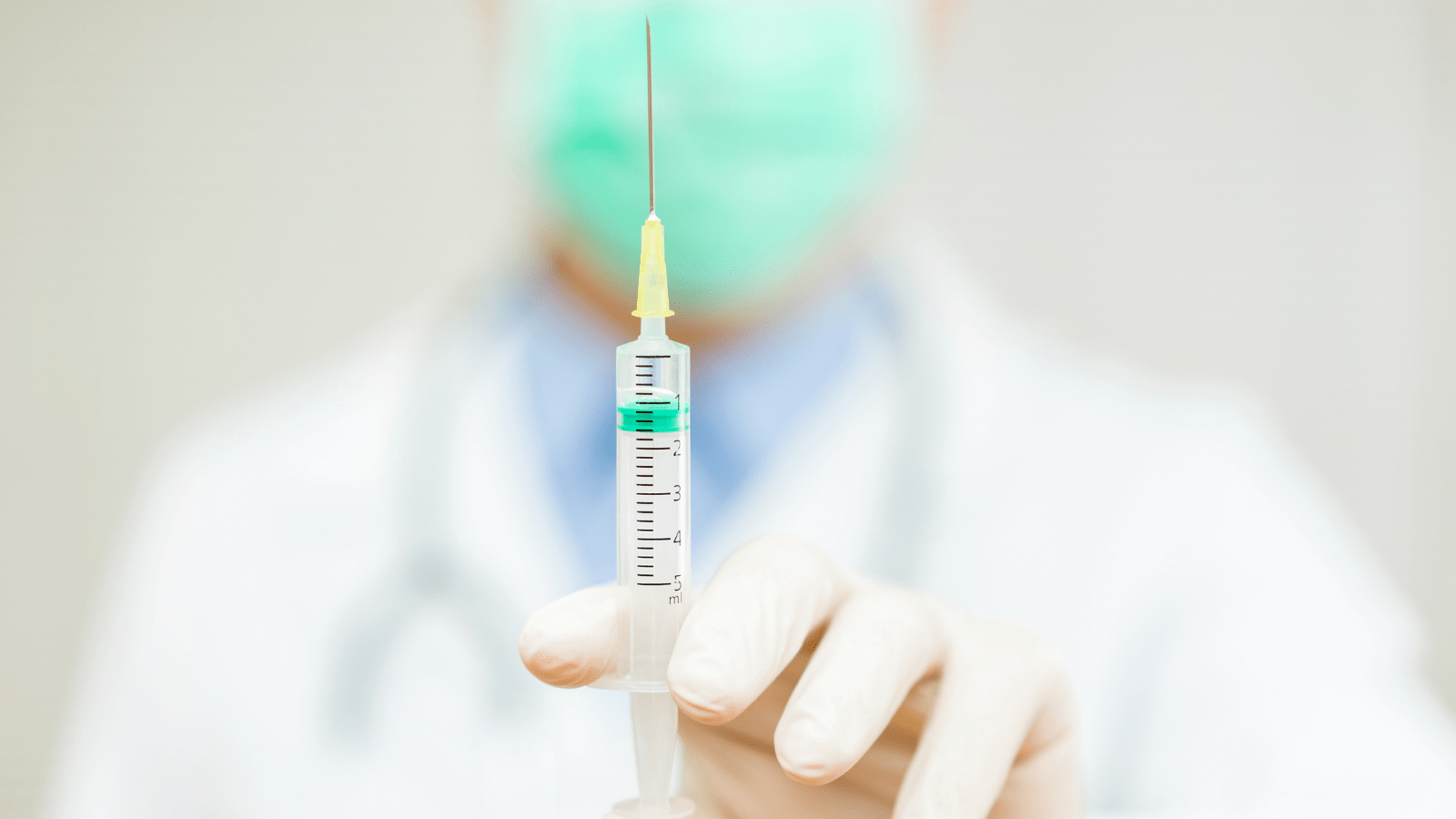

 In Male 2.0™, Dr. Tracy Gapin has turned everything we once thought we knew about men’s health and performance upside down. The old model of how to be “a man” is broken. A man who works himself to death. Unfortunately, a man who tries to NOT get sick but isn’t really healthy either. And a man who takes a pill for every ill but is never really cured. That was Male 1.0. Now, imagine being THE MAN ─ owning your performance in the bedroom, the weight room, and the boardroom. Living a fully optimized life. Becoming limitless. This is Male 2.0!
In Male 2.0™, Dr. Tracy Gapin has turned everything we once thought we knew about men’s health and performance upside down. The old model of how to be “a man” is broken. A man who works himself to death. Unfortunately, a man who tries to NOT get sick but isn’t really healthy either. And a man who takes a pill for every ill but is never really cured. That was Male 1.0. Now, imagine being THE MAN ─ owning your performance in the bedroom, the weight room, and the boardroom. Living a fully optimized life. Becoming limitless. This is Male 2.0!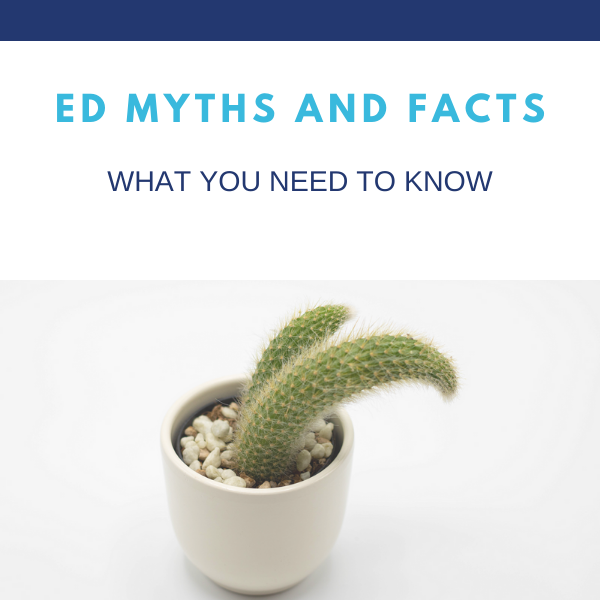











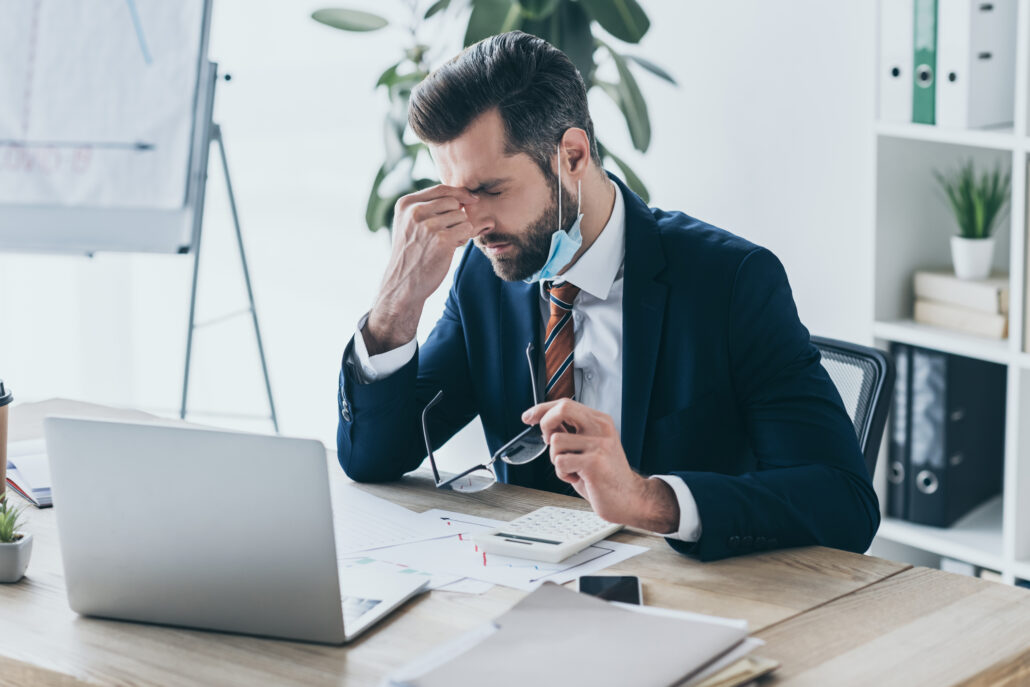



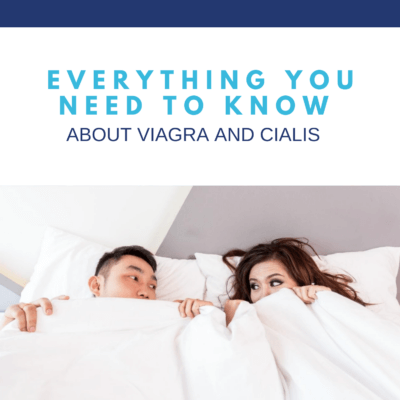



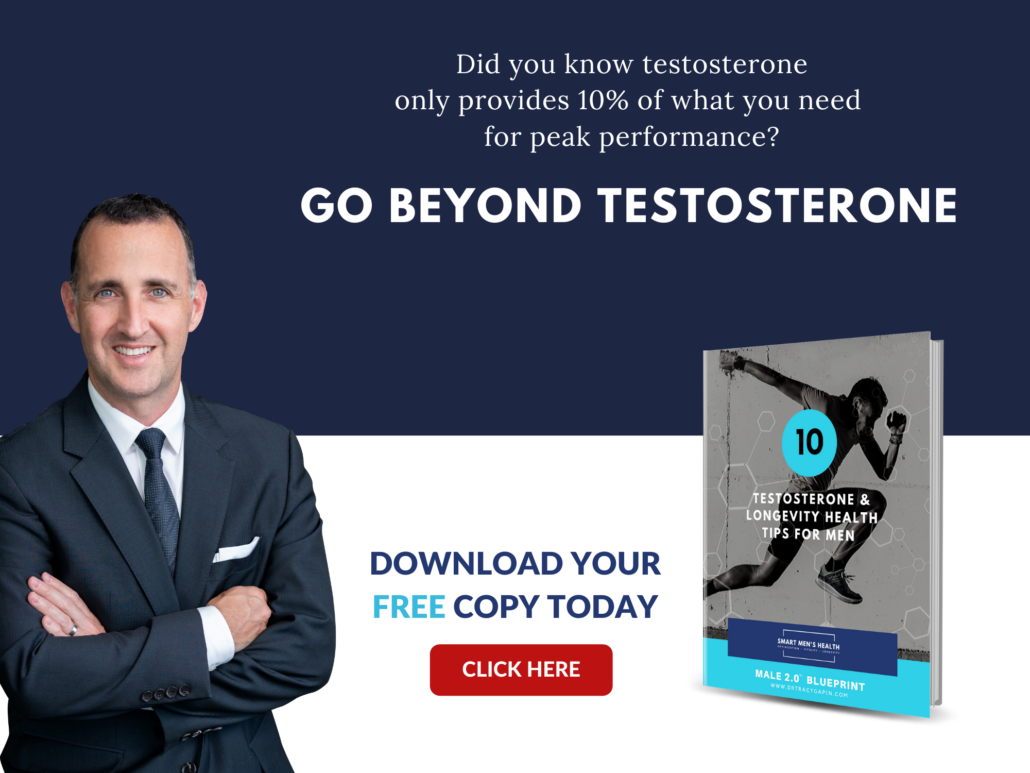
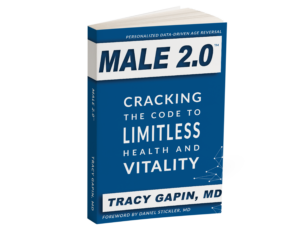 In
In 